Varicose veins are enlarged serpentine veins underneath the skin of the legs. Whether your family has a history of varicose veins or you have only just discovered them, it is important to know the facts and what they could mean in the bigger picture of your health.
Here are the facts to some common myths I would like to dispel:
Myth: Nobody in my family has had varicose veins, so I won’t get them.
Fact: Studies show that one’s chances of developing varicose veins are very high when both parents were affected (up to 90 percent). However, it also has been found that individuals with no family history still have a 20 percent chance of developing the condition. It is more common in women than men.
Myth: Varicose veins are just a cosmetic problem.
Fact: Varicose veins generally occur when the valves in certain veins, often in the lower limbs, fail to close. These valves are supposed to push blood back up toward the heart, but when they cannot do their job anymore, the blood pools down in the veins causing them to bulge. Although the veins themselves are not life threatening, they are often associated with leg pain, itching, swelling, fatigue and in worst case scenarios, open skin sores.
Myth: To treat varicose veins, you have to have the veins surgically stripped or removed (OUCH!)
Fact: Years ago, the only surgical treatment for varicose veins was stripping out (or surgically removing) the vein — and yes, it was painful with a two to three- day hospital stay. Today, a breakthrough in minimally invasive vein closure has made stripping out veins virtually obsolete. The procedure uses a catheter based technology and the technique used to obliterate or close the malfunctioning vein is called ablation. The in-office procedure is also much more comfortable. When the catheter is inserted, you may feel slight pressure, but no serious discomfort. Injection of local anesthetic around the vein is the most uncomfortable part; actual closure of the vein with heat is usually not painful. Once the vein is sealed, the body naturally re-routes blood flow through healthier vessels and normal circulation is restored.
The procedure is typically covered by Medicare and most insurers, as long as the required time period of conservative management has been met. Conservative management entails wearing prescribed compression stockings and elevating the legs.
Following the procedure, patients find pain and fatigue disappear almost instantly, and swollen veins begin to deflate in a week or two. There is minimal downtime with patients usually returning to work within a day or two.
Dr. Gasparyan is a board-certified vascular surgeon with Desert Vascular Associates who specializes in vein disease, arterial disease, aneurysms and dialysis procedures. She can be reached at (760) 902.1511 or at [email protected].
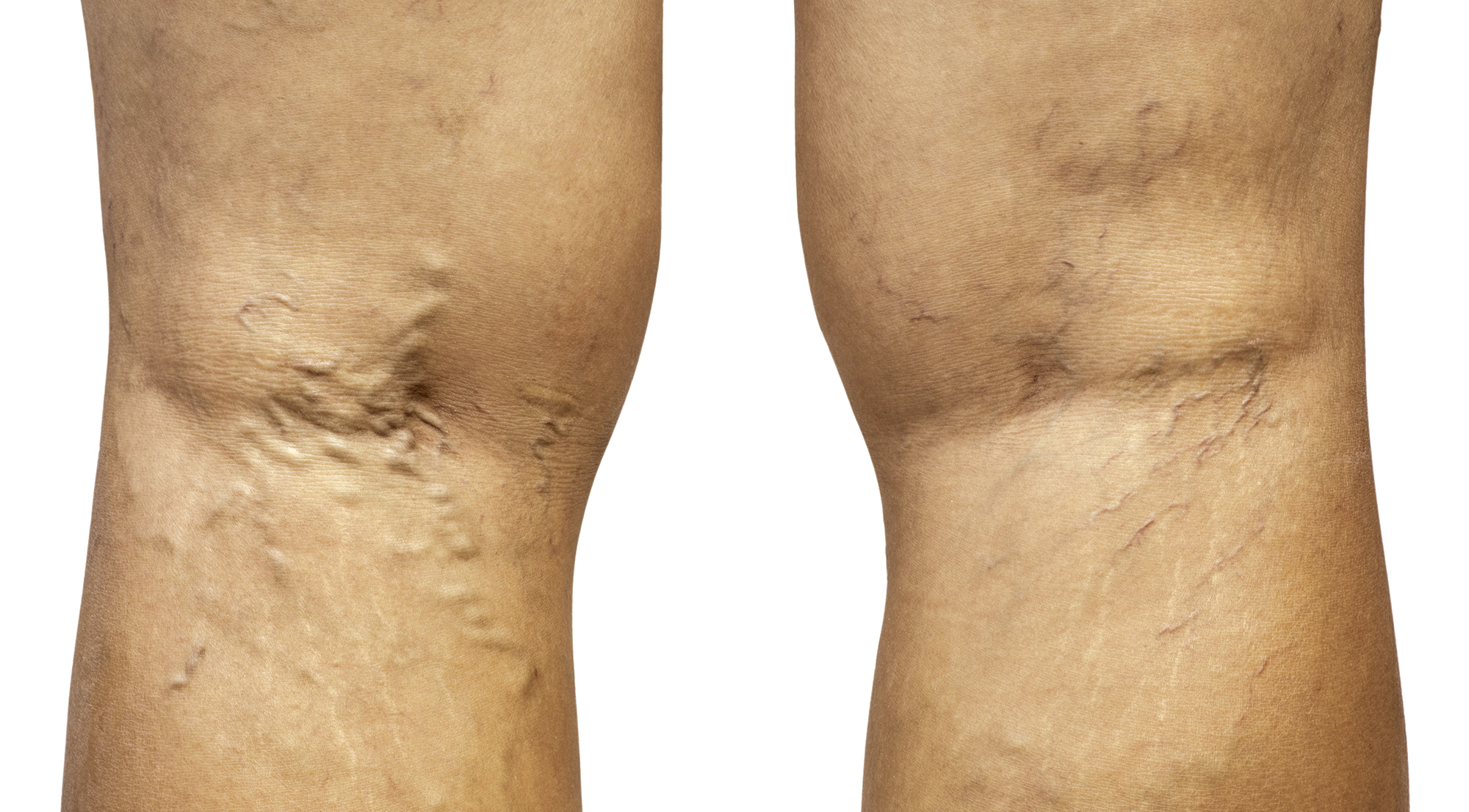







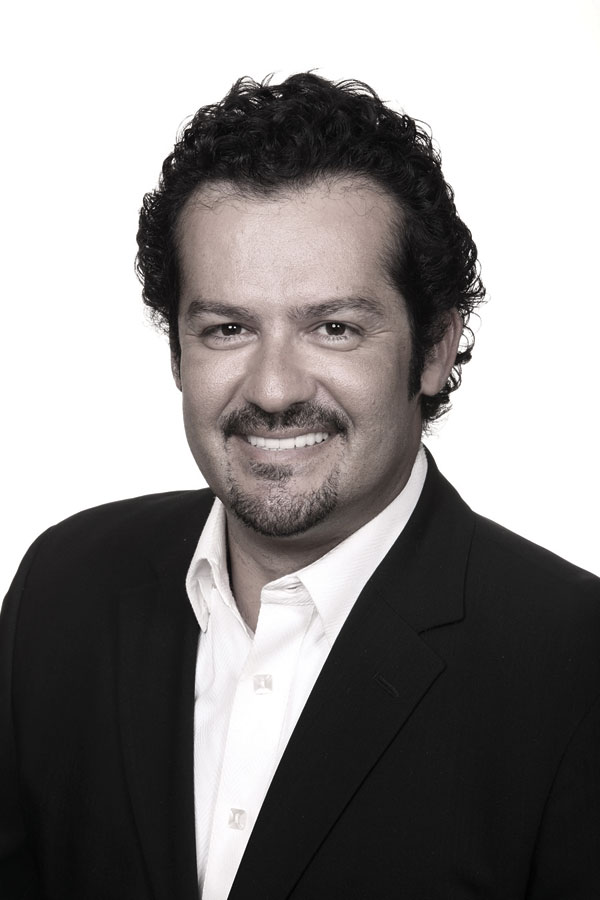




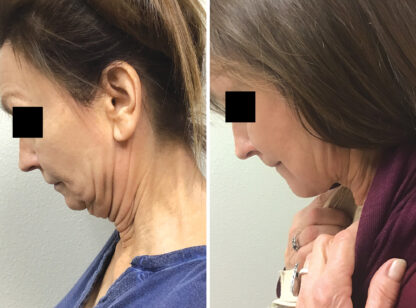



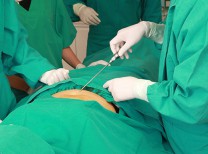
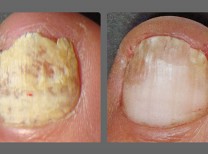
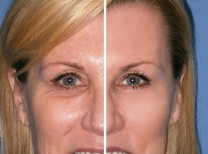





























Comments (0)